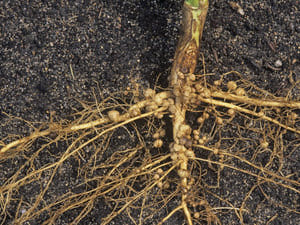Acacia pravissima seeds

Native to Australia, perfect for hedges, windbreaks, or as a feature tree, this fast-growing species boasts unique wedge-shaped leaves and masses of golden-yellow flowers in late winter to early spring.
- Growth: 3-8 m tall, 2-4 m wide
- Ideal Conditions: Full sun, well-draining soil
- Uses: Ornamental, erosion control, shelter, wildlife-friendly
